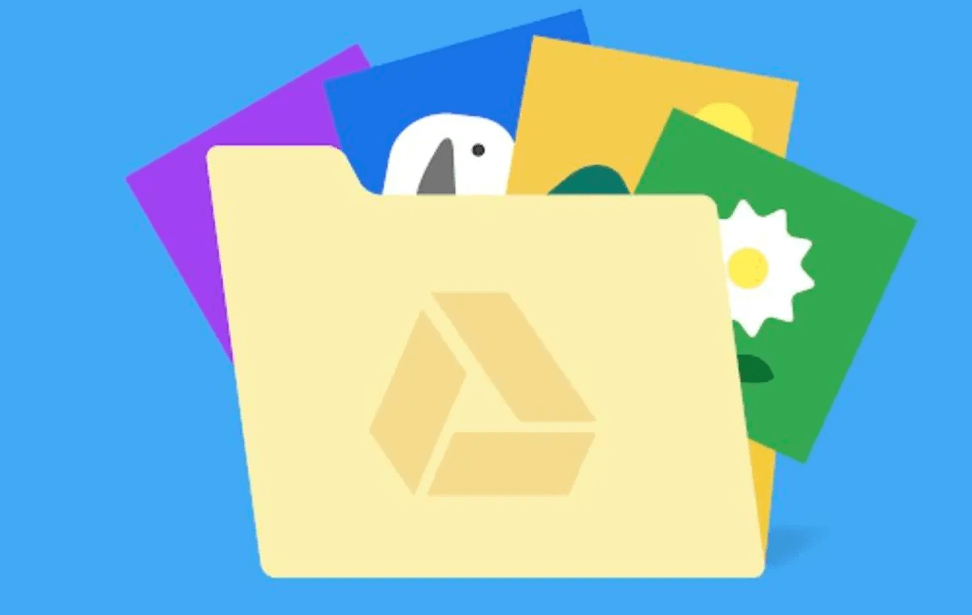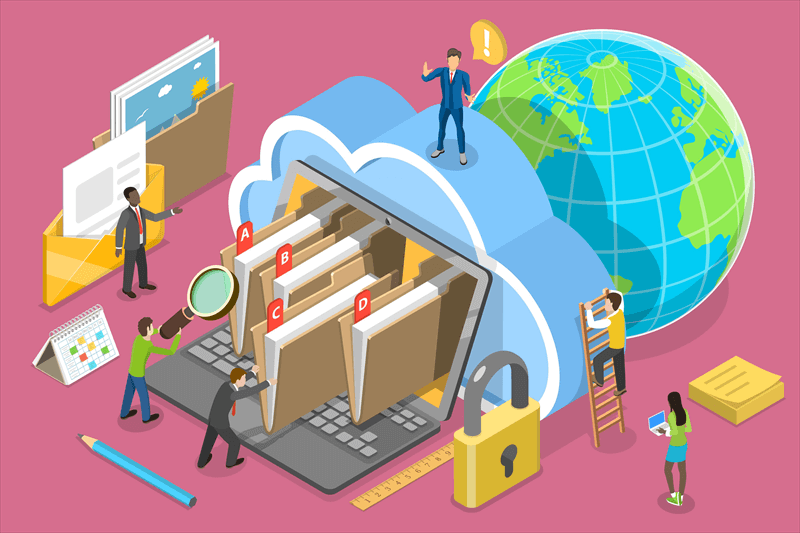It's important to understand how much Google Drive space you have available. Your Google Drive storage is where you store all your files, including documents, photos, videos, and more. Knowing how much space you have left can help you manage your files more effectively and avoid running out of space when you need it most.
How Much Google Drive Space Do I Have?
Understanding your current storage allocation is the first step in managing your Google Drive space. When you know how much space you have left, you can decide whether to delete files, upgrade your storage plan, or adjust your file management practices.
How to Check Google Drive Storage
Checking your Google Drive storage is easy, and it's something you should do regularly to ensure you're not running out of space. Here's a step-by-step guide:
- Open your web browser and go to drive.google.com.
- Sign in to your Google account if you're not already signed in.
- In the top right corner, click on the gear icon and select "Settings."
- Under the "General" tab, you'll see a section called "Storage." Here, you can see how much storage you've used and how much you have left.
Tips for managing your storage effectively
- Delete files you no longer need.
- Use Google Drive's built-in tools to organize your files.
- Consider upgrading your storage plan if you consistently run out of space.
Google Drive Storage Capacity
Google Drive offers various storage plans, ranging from 15 GB for free to 2 TB for $9.99 per month. Understanding the maximum storage capacity of Google Drive can help you decide which plan is right for you.
If you find that you're running out of space on your current plan, you can easily upgrade your storage plan to get more space.
Google Drive Storage Limit
Google Drive has a maximum storage limit, which varies depending on your plan. If you reach your storage limit, you won't be able to upload new files or receive emails.
To avoid reaching your storage limit, regularly check your storage usage and delete files you no longer need. If you do reach your limit, consider upgrading your storage plan to get more space.
Google Drive Space Used
Monitoring your storage usage is essential for ensuring you always have enough space for your files. To monitor your storage usage, follow these steps:
- Open your web browser and go to drive.google.com.
- Sign in to your Google account if you're not already signed in.
- In the top right corner, click on the gear icon and select "Settings."
- Under the "General" tab, you'll see a section called "Storage." Here, you can see how much storage you've used and how much you have left.
Tips for freeing up space when needed
-
Delete large files: Identify and delete any large files that you no longer need. These files can take up a significant amount of space and are often the quickest way to free up storage.
-
Empty your trash: When you delete files in Google Drive, they are moved to the trash but still take up space. Emptying your trash regularly will permanently delete these files and free up space.
-
Use Google Drive's built-in tools: Google Drive offers tools to help you identify and delete duplicate files. These tools can be useful for freeing up space by removing unnecessary duplicates.
-
Archive files: If you have files that you don't need to access regularly but still want to keep, consider archiving them. Archiving files removes them from your main storage but allows you to retrieve them if needed.
-
Compress files: If you have large files that you need to keep but don't need to access frequently, consider compressing them. Compressing files can significantly reduce their size, freeing up storage space.
-
Use external storage: If you consistently find yourself running out of space, consider using external storage solutions. This could include external hard drives or cloud storage services other than Google Drive.
-
Manage your offline files: Google Drive allows you to access files offline, but these files can take up space on your device. Manage your offline files regularly to ensure you're only keeping the files you need offline.
-
Delete unnecessary apps: If you're using Google Drive on a mobile device, consider deleting apps that you no longer use. This can free up space on your device, which can indirectly free up space for Google Drive.
Bonus Tip: Transfer or Sync Files between Google Drive and Other Cloud Services
This article addresses the problem"how much Google Drive space do I have." If you’re considering migrating files from your current cloud service to Google Drive, or vice versa, MultCloud can be extremely useful. Trusted by over 3 million users, MultCloud is a multi-cloud management tool that facilitates the transfer or synchronization of files between various cloud services.
For instance, it allows for seamless file transfers from cloud drives like Dropbox to Google Drive without the need to download and then re-upload files. MultCloud also enables you to access and manage all your cloud accounts via a single application. Currently, it supports more than 30 different cloud services, including Google Drive, OneDrive, Dropbox, Box, Google Photos, iCloud Photos, FTP, WebDav, and more.

- Cloud Transfer: MultCloud can transfer files from one cloud service to another directly without downloading and re-uploading.
- Cloud Sync: With MultCloud, you can easily sync two folders between different cloud services in real-time.
- Cloud Backup: You can backup and restore data between different cloud services automatically.
- Instagram Downloader: MultCloud can help you download Instagram videos, photos, reels and stories to local device or remotely upload them to your clouds.
- Email Migration: You can directly back up and save Gmail emails as PDFs to your computer or cloud drive in bulk.
- Manage all cloud accounts in one place: Connect all your clouds to MultCloud and you'll find it so easy to access and manage multiple cloud storage files with a single login.
MultCloud Supports Clouds
-
Google Drive
-
Google Workspace
-
OneDrive
-
OneDrive for Business
-
SharePoint
-
Dropbox
-
Dropbox Business
-
MEGA
-
Google Photos
-
iCloud Photos
-
FTP
-
box
-
box for Business
-
pCloud
-
Baidu
-
Flickr
-
HiDrive
-
Yandex
-
NAS
-
WebDAV
-
MediaFire
-
iCloud Drive
-
WEB.DE
-
Evernote
-
Amazon S3
-
Wasabi
-
ownCloud
-
MySQL
-
Egnyte
-
Putio
-
ADrive
-
SugarSync
-
Backblaze
-
CloudMe
-
MyDrive
-
Cubby

